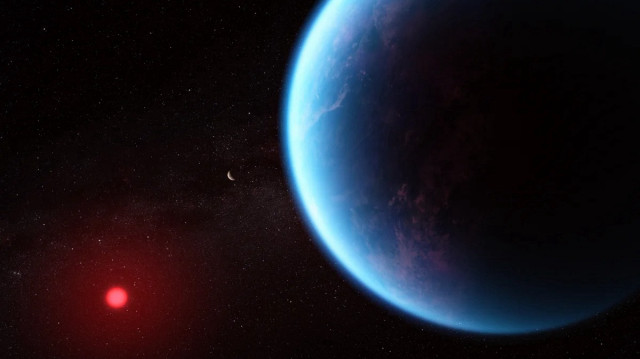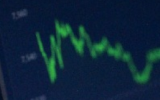
K2-18 b, located approximately 124 light-years from Earth in constellation Leo, appears to contain dimethyl sulfide and dimethyl disulfide gases, which primarily produced by living organisms
Scientists have discovered what they call the strongest indication yet of potential life beyond our solar system by identifying unusual gases in the atmosphere of a distant planet using the James Webb Space Telescope.
The planet, K2-18 b, located approximately 124 light-years from Earth in the constellation Leo, appears to contain dimethyl sulfide (DMS) and dimethyl disulfide (DMDS) gases that, on Earth, are produced almost exclusively by living organisms such as algae.
Researchers emphasize this is not a confirmation of extraterrestrial life, but the presence of these chemicals is a possible sign of biological processes occurring on the planet.
“This is a transformational moment in the search for life beyond the solar system,” Professor Nikku Madhusudhan of the University of Cambridge's Institute of Astronomy told the BBC.
He added that the only current explanation that fits all available data is that K2-18 b may be a "hycean world teeming with life"—a type of planet theorized to have a hydrogen-rich atmosphere and vast oceans capable of supporting microbial organisms.
K2-18 b is about 8.6 times the mass of Earth and roughly 2.6 times its diameter. It orbits within its star's “habitable zone,” the region where temperatures could allow for liquid water to exist—an essential ingredient for life as we know it.
Earlier observations by the James Webb Space Telescope, which launched in 2021 and began operations in 2022, had already detected carbon-based molecules like methane and carbon dioxide in the planet's atmosphere, further raising hopes for possible habitability.
"The amount we estimate of this gas in the atmosphere is thousands of times higher than what we have on Earth.
"So, if the association with life is real, then this planet will be teeming with life," Madhusudhan said, adding: "If we confirm that there is life on K2-18b, it should basically confirm that life is very common in the galaxy."
Hello, the comments you share on our site are a valuable resource for other users. Please respect other users and different opinions. Do not use rude, offensive, derogatory, or discriminatory language.
The floor is all yours.








